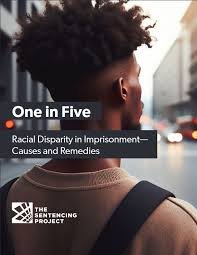By Delvon T. Mattingly , Maggie K. Richardson , Joy L. Hart
Introduction: Cannabis use is increasing due to several factors including the adoption of laws legalizing its use across the United States (US). We examined changes in current cannabis use among US youth and adults and by key socio-demographic groups. Methods: Using data from the 2013–2022 National Survey on Drug Use and Health (n=543,195), we estimated the prevalence of (2013–2019, 2020, 2021–2022) and trends in (2013–2019, 2021–2022) current (i.e., past 30- day) cannabis use among US youth (aged 12–17) and adults (aged 18+) overall and by age, gender, race and ethnicity, educational attainment, and total annual family income. We also examined sociodemographic factors associated with use from 2013 to 2019, in 2020, and from 2021 to 2022. Results: Cannabis use increased from 7.59 % to 11.48 % in 2013–2019, was 11.54 % in 2020, and increased again from 13.13 % to 15.11 % in 2021–2022. Among youth, cannabis use remained constant from 2013 to 2019 and 2021–2022. In 2022, use was highest among aged 18–34, male, non-Hispanic multiracial, and generally lower SES adults. From 2021–2022, cannabis use increased among several groups such as adults who were aged 35–49 (14.25–17.23 %), female (11.21–13.00 %), and Hispanic (10.42–13.50 %). Adults who were aged 18–25, male, non-Hispanic multiracial, some college educated, and of lower annual family income had consistently higher odds of current cannabis use from 2013 to 2019, in 2020, and from 2021 to 2022. Conclusions: Cannabis use is increasing overall and among certain sociodemographic groups. Our findings inform prevention and harm reduction efforts aimed at mitigating the prevalence of cannabis use in the US.
Drug and Alcohol Dependence Reports 12 (2024) 10025




